Sexual Harassment at Albuquerque Academy: How Big is the Problem?
Editor’s Note:
This article was set to be published on March 11th, the same day students were sent home to begin remote learning due to coronavirus. As such, it has never been published. We at The Advocate realize that when we go back to school, many things will change. Nevertheless, we expect that sexual harassment will remain an important issue in our school, and all of our communities. Accordingly, we think this article may be of interest and value to our readers.
On Monday, February 24th, Hollywood film producer Harvey Weinstein was convicted of two counts of sexual assault in a landmark case that may help reshape the state of sexual assault cases in US courts. Around the country, victims have gained visibility, telling their stories through the #metoo movement. While the Weinstein case is specifically demonstrative of sexual assault, it brings into focus all forms of sexual harassment, including in high schools across the country.
Amidst the high profile #metoo movement that continues to gain traction across the globe, The Advocate sought to answer an important question: what does sexual harassment look like at Albuquerque Academy? Online legal consulting corporation Legal Zoom defines sexual harassment as, “unwanted and unwelcome behavior or remarks of a sexual nature. In an educational setting, harassment limits or denies a student’s right to educational benefits, or participation in an educational activity or program in a safe and supportive environment.” Similarly, the Academy’s Student and Parent Handbook outlines two different forms of harassment: “unwanted interpersonal contact” and “sexual misconduct.” On the topic of unwanted interpersonal contact, the student/parent handbook states, “any act of deliberate unkindness or cruelty (even a single incident) is considered a violation under this policy and will be subject to severe sanctions…Specific examples of unwelcome conduct include harassment, bullying, and hazing.” The section goes on to define harassment as: “any action designed to disrespect the safety, diversity, and dignity of others as the action applies to race, gender, marital status, sexual orientation, gender identity, political beliefs, physical disability, ethnicity, socioeconomic level, age, or religion.” This policy clearly covers sexual, as well as other forms of harassment.
Additionally, however, the student/parent handbook has a separate category for “sexual misconduct,” stating, “student sexual misconduct occurs when an Albuquerque Academy student becomes the target of sexual activity for which they have not given clear and voluntary consent to another Academy student….A student is incapable of giving consent if they are asleep, incapacitated, or impaired, or if they are coerced, intimidated, or threatened into participating in unwanted sexual activity.” Both of these policies define and address their respective terms using broad terminology. At the same time, the Academy makes its position on the issue clear, stating, “The major violations listed below must be reported to the appropriate dean of students or the division head and are subject to the full range of disciplinary consequences,” though specific punishments and processes for dealing with such cases are not outlined. Both “unwanted interpersonal contact” and “sexual misconduct,” however, do deal with the issue of harassment. With this in mind, how prevalent is sexual harassment at the Academy and how big of a concern should it be for our community?
To answer this question, The Advocate reviewed research and compared statistics from the Academy to those in high schools across the country. A 2018 study done by the University of Illinois found that 7 in 10 girls will experience sexual harassment (including, but not limited to, pressure to engage in sexual activity, lewd comments, and unwanted touching) before leaving high school. Similarly, a 2011 survey done by the American Association of Women found that 34% of boys in high school felt sexually harassed. In addition, The Advocate was able to gain access to the Risk Assessment Survey administered to students in freshman and senior year. Results showed that in the class of 2019, 16% of girls (10 out of 61) felt that they had been pressured to participate in a sexual activity. Interestingly, 10.5% (13 out of 123) of boys also answered yes to this question. In the class of 2022, when asked the same question, 19% (13 out of 68) girls and 1.1% (1 out of 87) boys said yes. While the numbers at the Academy are lower than national figures, it is important to note that the Risk Assessment survey asked specifically about pressure to engage in sexual activity — “sexual misconduct,” according to Academy policies — rather than a student’s experience with “unwanted interpersonal contact” of a sexual nature, which constitutes a much wider category. Because there is no question addressing sexual harassment or “unwanted interpersonal contact” on the survey, there is little to no statisitcal data available on the prevalence of this problem for Academy students.
Legally, all high schools across America that receive any federal funding are held to civil rights law Title IX which states: “No person in the United States shall, on the basis of sex, be excluded from participation in, be denied the benefits of, or be subjected to discrimination under any education program or activity receiving Federal financial assistance.” When this law was first enacted, it was meant to prevent discrimination against females in educational settings. It has since come to encompass a school’s duty to protect students in cases of sexual harassment, and ensure a suitable learning atmosphere. While the Academy is not federally funded, Counseling and Human Development faculty member Cathann Gutierrez-Dragone indicated that the school adheres to the standards of Title IX. “Albuquerque Academy upholds the highest level of law and ethics,” she said. “We choose, as an institution, when it comes to ethics and laws and rights, to hold ourselves to the highest standard.”
As such, when students report an incident of sexual harassment, confidentialty is held by counselors. However, there are exceptions to this in certain cases of “sexual misconduct.” “There has been a shift in regard to the boundaries of confidentiality only when it applies to a potential perpetrator being in the same school community. I prefer to give everyone the right to choose for themselves, whatever it is, who they disclose, what to when and how. That’s my priority for students to know when they walk into our offices. They get a confidential space to figure that out for themselves. Title nine does change that a little bit in a certain circumstance, only if there’s an imminent threat to [a member of] our community,” Ms. Dragone tells me. That is, if an alleged perpetrator in a case of sexual misconduct is an Academy student, any faculty member that comes to know of this situation has a legal obligation to report it to administration.
How do students feel about sexual harassment at the Academy? The Advocate interviewed several students about their thoughts on the nature and extent of sexual harassment at the Academy, and they had a lot to say on the matter. When asked about how cases are handled by administration, one senior, who reported several instances of sexual harassment over the span of her sophmore and junior years said, “I think that the Academy does the best they can to ensure that students feel safe, though with my case in particular, I don’t think enough was done to prevent continued abuse of power from the other student.” Another student commented on the steps the Academy takes to educate students about sexual harrasment, “I think the health [Counseling and Human Development] department does a really good job at teaching the risks that come with sexual harassment, especially to young girls. I think the counselors have a tough job and need to cover a lot of material in a semester while meeting once a cycle. They cover sexual harassment briefly but they stress the importance of it.”
Finally, when asked if sexual harassment is a problem at the Academy, responses varied. “Albuquerque Academy is a safe environment and sexual harassment is not really a problem here. If it is a problem, it is one that the administration is handling well and silently,” a female junior said. On the other hand, a female senior said, “fortunately, I don’t think it’s such a large problem at the Academy that it’s the first and foremost option on the list of things to address, but to say it doesn’t occur would be foolish.”
From looking at our school’s statistics and speaking to counselors and students, it seems that while sexual harassment occurs at the Academy (from unwanted attention, to lewd comments, to unwanted touching) it may not be the most prominent student health issue. However, it is important to note that it is something that seems to affect our student body, regardless of individual stances on the issue, and something needs to be done in order to improve the state of sexual harassment at the Academy. “I think that this should be addressed more openly and more frequently,” one student said. “Unfortunately, so many people I know think sexual harassment is only characterized by the more extreme cases, and that it’s “overreacting” if they were to comment on a lewd comment or to tell someone it wasn’t okay when they were grabbed. I think a dialogue needs to be opened about the smaller “microaggressions” because they are treated as trivial and insignificant when they actually perpetuate the larger culture of harassment being okay.”


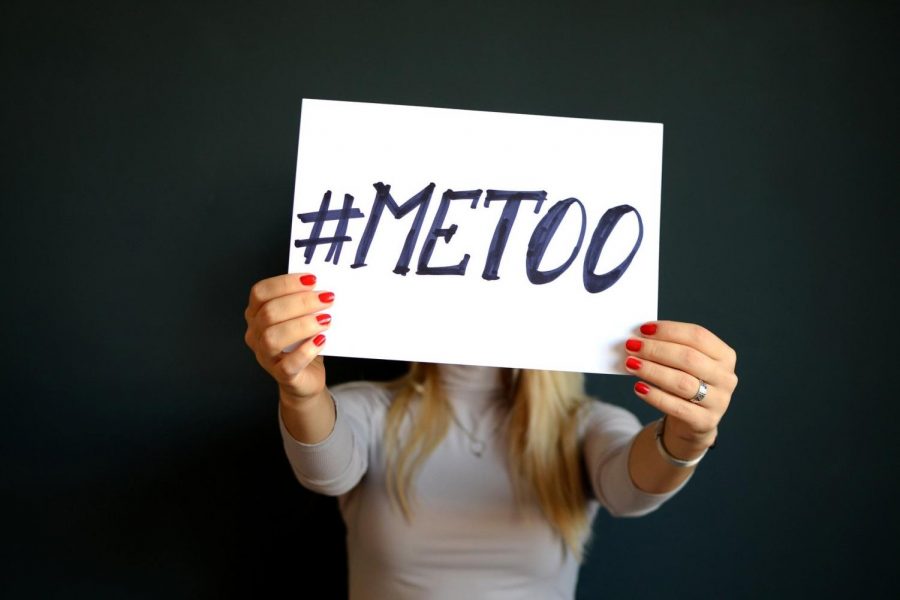
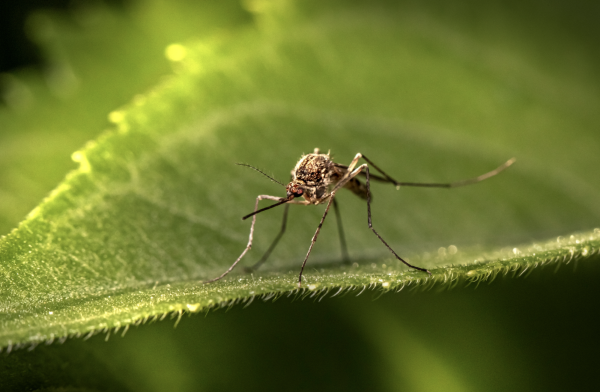

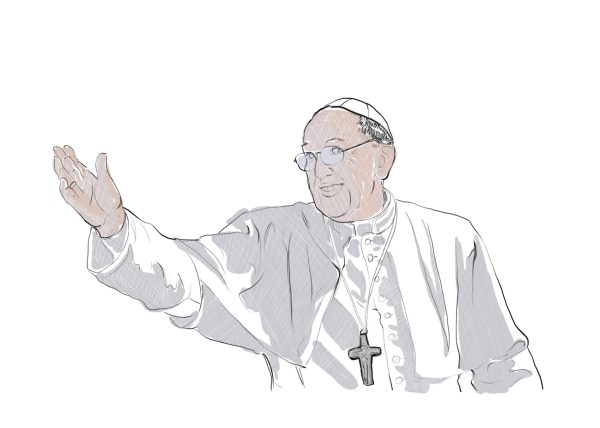

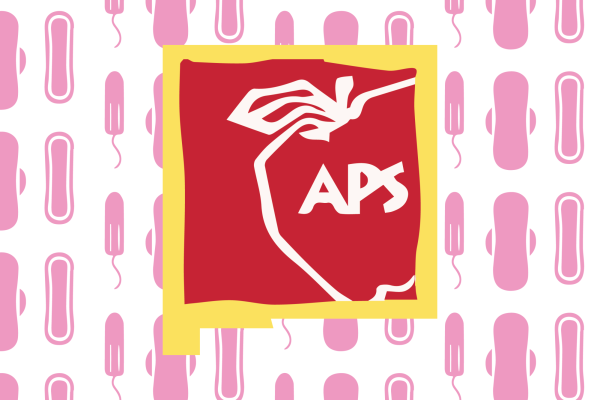
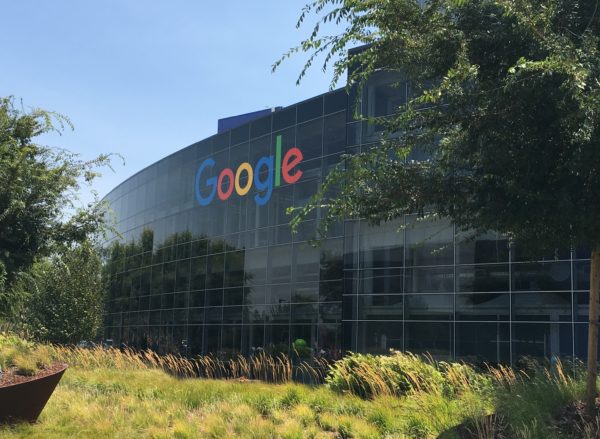
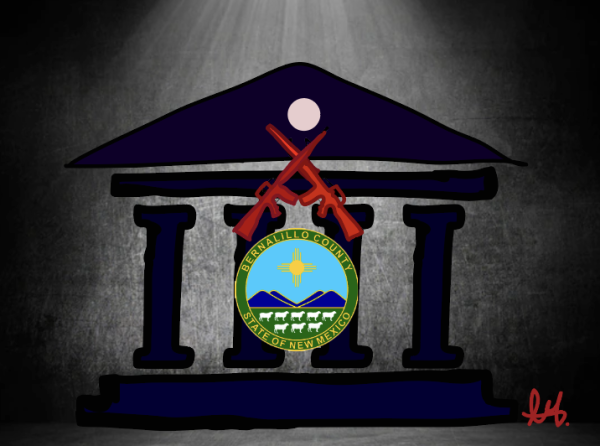

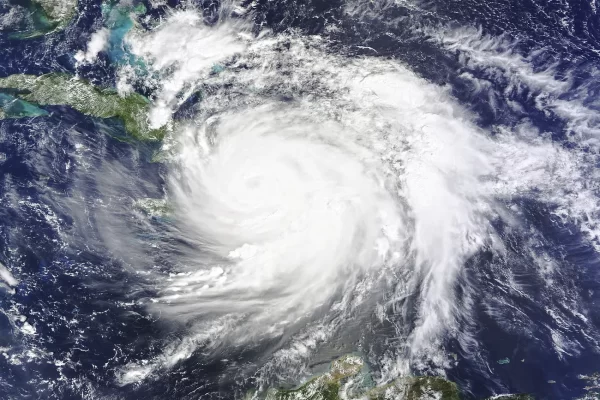
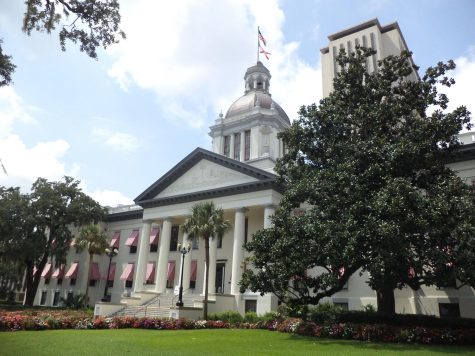
Stephanie Lipkowitz • Sep 15, 2020 at 2:05 pm
This is a strong, terrific, and well written article, Marwa. Proud of your work. This is a topic that we will continue to address.
Marnie Bethel • Sep 12, 2020 at 8:48 am
Fantastic article! Thank you, Marwa and Advocate staff, for addressing a serious and uncomfortable issue.
Carson Morris • Sep 11, 2020 at 2:59 pm
Awesome article, Marwa!